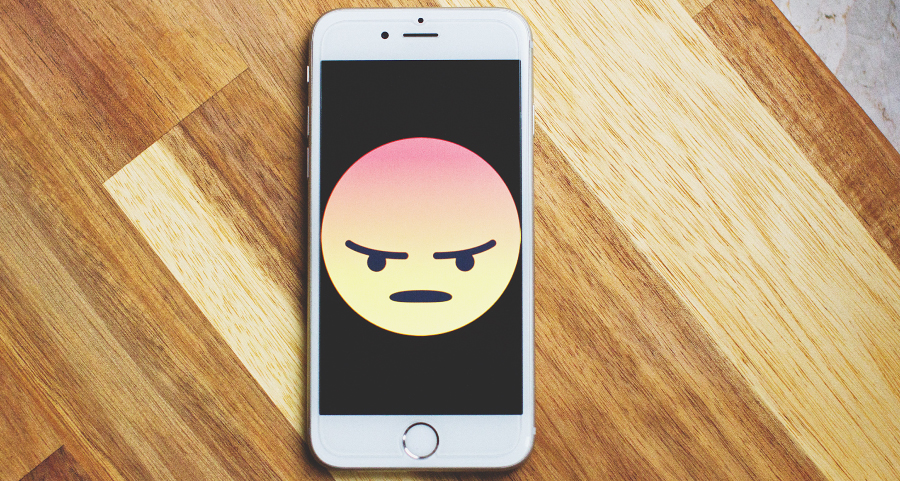
With increasing costs, people are waiting longer to upgrade their smartphones, according to Andy Meek of BGR. The average time someone waits for an upgrade is now 2.83 years. iPhone users are waiting for slightly longer with an average of 2.92 years. This means the typical smartphone is getting used more often and is sustaining more wear and tear.
Common Problems
With increased use, there’s more opportunity for something to go wrong. Since smartphones rarely get turned off or even rebooted, these devices are in constant work mode. Some of the most common problems that can occur due to constant, extended use include shortened battery life, slower performance, and various hardware and software glitches.
Battery Life
Over time, the battery in a handset can lose its ability to keep a charge. The performance capabilities of a battery worsen with age, but certain apps, charging habits, and phone settings can exacerbate the problem. According to David Nield of Popular Science, there are a few ways to ensure your battery performs well.
You can check your battery settings to see which apps are using the most power. If you don’t need apps that are draining a significant amount of the battery, remove them. However, if you’re not sure what the app is, research it first to make sure it’s not a critical component of the phone’s operating system.
To extend battery life, try using your phone’s battery saver or low battery mode. Many phones allow you to reduce the display’s brightness and turn off location services. Both of these features tend to use more power and cause the battery to wear out faster. If you do find that your battery is losing a large amount of power within a few hours, look into replacing it.
Performance
Several conditions can cause a smartphone to lose its performance. Although aging technology is a factor, exposure to water and extreme temperatures can damage a phone to the point of making it useless. Wearing out the hardware by using applications or online games that are graphics intensive too often is another common cause of slowed performance. Not keeping the operating system current through system updates is another.
Although sometimes accidents and forgetfulness can happen, Jack Wallen of Tech Republic has a few suggestions for avoiding further damage to phones exposed to water or extreme temperatures. A phone that has gotten wet should be powered off and the battery removed. In more dire situations, you can place the phone in a bag or container of rice for 24 hours to soak up the excess moisture.
Also, phones should not be exposed to extreme cold or heat in vehicles or the outdoors. If you need to carry it outdoors in cold or hot environments, it is best to turn the phone off. Ideally, you’ll want to leave the phone secured in a safe place with room-like temperatures. Storing a phone in a parked vehicle is usually not a good idea.
Besides contact with water or cold and hot temperatures, storing too much on your phone can slow it down. You can check to see how much internal storage you have in the phone’s settings. Periodically remove any pictures, media, or apps that you don’t need. Use an SD card for additional storage if needed.
Hardware and Software Glitches

Even with optimal care and use, sometimes software and hardware glitches can lead to poor performance. An overheating battery or phone is a common hardware glitch. Missing or malfunctioning SIM cards are another. Typical software glitches include apps that crash, freeze, or are slow to respond. Occasionally, updates or outdated versions of apps and operating systems can contain bugs and vulnerabilities. Undetected malware is a regular source of slow and atypical performance.
Fixing hardware and software glitches involve a little troubleshooting. Turning the phone off for a while, toggling it between airplane mode and normal mode, and reseating the battery and SIM card are some steps you can take. For software glitches, you can try clearing caches, checking for updates, uninstalling and reinstalling apps, and using an anti-malware app to remove malware. You can also try performing a factory reset.
Visit online forums to see if there are known problems with specific apps or software versions. There may be recommended fixes you can try or information about an upcoming release designed to correct the glitch. When acting on advice from forums, check the source’s credibility as some forums are moderated by industry developers and others by those with only user experience.
We’d like to hear your thoughts on common smartphone problems and what you’ve done to fix them. Share your experiences below!
If you think it’s time to upgrade or replace your phone, find out more about our latest savings on Androids and iPhones!
